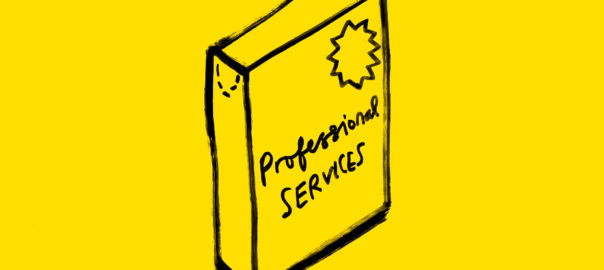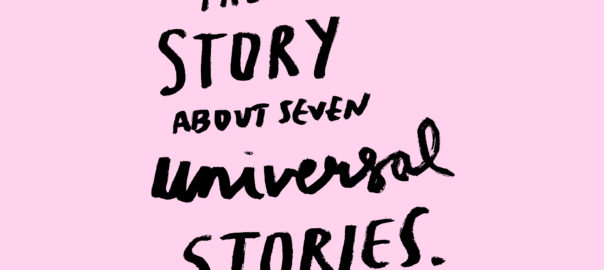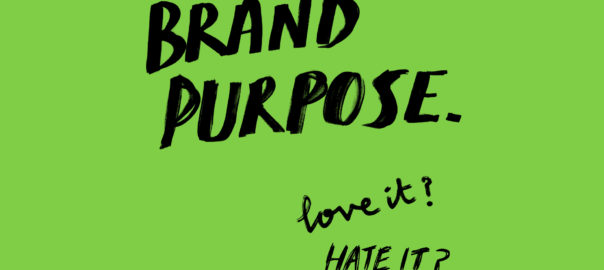Work in partnership not silos
John Lennon is one of the most revered songwriters in history.
But when working alone, his songs could be protesting and abrasive – simple melodies with philosophical lyrics focusing on isolation, pain and politics.
Paul McCartney is one of the most revered songwriters in history.
But when working alone, his songs could be criticised for being sugary sweet, overtly poppy and lightweight.
Even if they were potently melodic.
He was more happy to fill the world with silly love songs.
And even the odd frog chorus.
But together, Lennon and McCartney were better.
They wrote songs that not only revolutionised music but popular culture.
From the off, John Lennon and Paul McCartney decided to publish their songs under both their names.
So all their songs bear the cooperative hallmark “Lennon/McCartney”.
But, some songs were more Lennon’s work; others more McCartney.
Yet even A Day in the Life – a song which on the face of it appears to be a Lennon solo effort bolted to a McCartney solo effort – is an intertwined, combined number.
It was a song that John had started.
Armed with a copy of the Daily Mail for inspiration, he already had the first verse.
Which wasn’t unusual.
One of them would have a little bit of an idea and, instead of sweating it alone, they’d take it to the other.
And work on it together.
Ping-pong style.
Then perhaps the other would write the next bit.
Sitting in Paul’s London music room, the pair pored over the newspaper.
And they just started playing around with ideas.
They worked together on the verse about the politician blowing his mind out in a car.
Paul provided the middle section.
A short, bouncy piano piece he’d been working on independently.
A wistful fragment of adolescent reflection.
And from Paul’s dream, we’re back with John.
And his newspaper.
The headline “The holes in our roads” inspired the wonderfully memorable:
Four thousand holes in Blackburn, Lancashire
And though the holes were rather small
They had to count them all
Now they know how many holes it takes to fill the Albert Hall
When recording the song, the piece was knitted together with a swelling cacophony provided by some of London’s finest classical musicians.
Which producer George Martin said was John’s idea.
Until he later changed his mind and said it was Paul’s.
Which is sort of the point.
When you collaborate, the edges blur.
As do roles and responsibilities.
Lennon and McCartney didn’t follow a rigid formula where words followed music or vice versa.
One wasn’t solely the lyricist; the other the melody maker.
They freewheeled.
Sitting down with a guitar or at the piano, they looked anywhere and everywhere for ideas.
Melodies, chord shapes, some words, or just a thought to get started with.
And then they worked it out from there.
Rather like writing an essay or solving a crossword puzzle.
Which is how we like to work.
We see our whole process as creative, not just the part traditionally labelled as such.
Creative and strategist working together.
One not solely the strategist; one not purely the creative.
By applying strategic and creative thinking to business problems, we create more disruptive strategies and can visualise the possibilities.
This is why we often make a rough-cut film as part of the strategic process.
A combination of words, pictures, thoughts and possibilities.
Quickly pulled together, Lennon and McCartney style.
Because every Lennon needs to find his McCartney, and vice versa.
— DB







